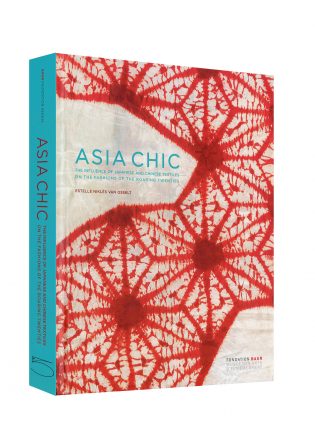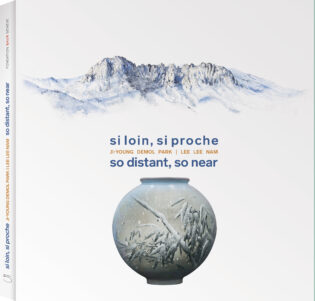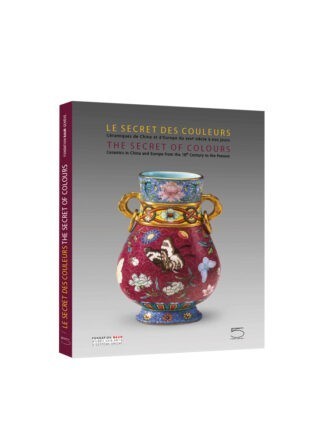Le vol de la libellule, Uehara Michiko | The Fly of the Dragonfly, Uehara Michiko
Texts by Laure Schwartz-Arenales, Bertrand Piccard, Uehara Michiko, Shukuko Voss-Tabe, Miyagawa Tomomi, Moroyama Masanori, Suzanne Lassalle
The inestimable lightness of fabrics
During the cherry blossom season of April 1924, 100 years ago, on his only trip to the Land of the Rising Sun, Alfred Baur, an extraordinary entrepreneur and founder of the Museum of Far Eastern Art in Geneva, was charmed to discover the sparkling poetry of the “images of the floating world” (ukiyo-e), combined with the landscapes of the great masters of the print and the delightful motifs found throughout the objects in his superb collection of Japanese art. Echoing his taste and pioneering spirit, and as part of the celebrations marking the 160th anniversary of diplomatic relations between Switzerland and Japan, this book, thanks to contributions from leading specialists in the fields of handicrafts and textiles, takes an indepth historical, technical and comparative look at the desire for lightness that underpins the aims, aesthetics and meaning of the work of Uehara Michiko, a virtuoso weaver. In her studio bathed in the subtropical sunshine of Okinawa, in the archipelago in the far south of Japan where she was born and which is renowned for its textiles, she succeeds in pushing the material to the very edge of nothingness, weaving and dyeing sublime fabrics in three-denier threads, as fine and transparent as “a dragonfly’s wing” (akezuba in the local language).
This bonding relationship – combining the physical and the spiritual – which links Uehara to silk fibres and more generally to nature itself, gives rise to “woven air”, as she puts it: an aerial, rhythmic journey, free of borders and attuned to living things. As this book suggests, this quest is not unrelated to some of the research carried out by Swiss explorer Bertrand Piccard, whose solar aircraft, a giant, silent dragonfly whose carbon-fibre ribs combine extreme strength and lightness, intelligently weaves a harmonious path between humanity, earth and sky…
Laure Schwartz-Arenales began her career at the Musée national des Arts asiatiques-Guimet and the École du Louvre, where she taught East Asian art. She has been director of the Baur Foundation, Museum of Far Eastern Arts in Geneva since 2018.
Born in Naha, Okinawa in 1949, Uehara Michiko became familiar with Okinawan textiles through the Japan Folk Art Museum (Tokyo) when she was in college. After entering the world of textiles under the tutelage of the renowned master weaver Yoshihiro Yanagi, she learned traditional Okinawan weaving techniques from Shizuko Ôshiro and established the “Mayu-ori” workshop in 1979. Using 3-denier silk threads, the finest thread a silkworm can produce, Uehara weaves incredibly light and airy textiles, baptized “Akezuba-ori,” which, in Okinawa, means a dragonfly’s wing.




